Samo Pahor
Feature embedding in click-through rate prediction
Sep 20, 2022
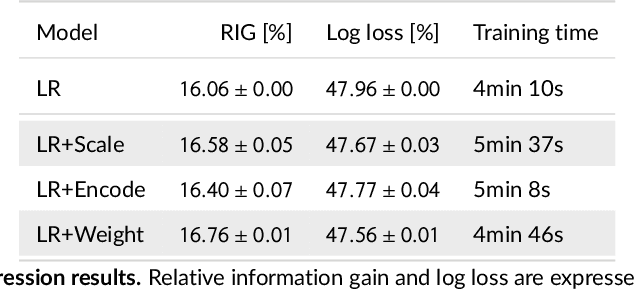
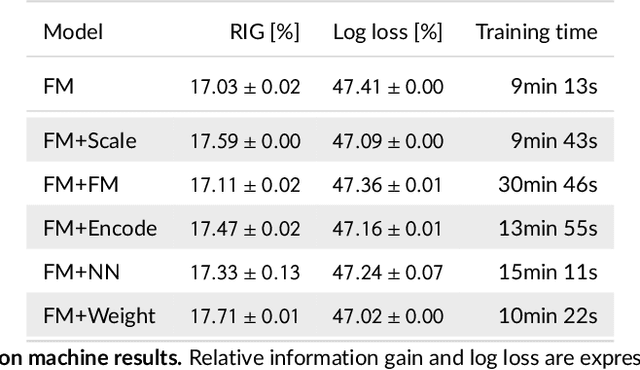
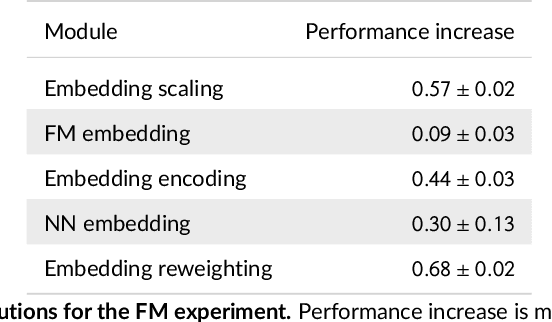
Abstract:We tackle the challenge of feature embedding for the purposes of improving the click-through rate prediction process. We select three models: logistic regression, factorization machines and deep factorization machines, as our baselines and propose five different feature embedding modules: embedding scaling, FM embedding, embedding encoding, NN embedding and the embedding reweighting module. The embedding modules act as a way to improve baseline model feature embeddings and are trained alongside the rest of the model parameters in an end-to-end manner. Each module is individually added to a baseline model to obtain a new augmented model. We test the predictive performance of our augmented models on a publicly accessible dataset used for benchmarking click-through rate prediction models. Our results show that several proposed embedding modules provide an important increase in predictive performance without a drastic increase in training time.
Predicting the Popularity of Games on Steam
Oct 06, 2021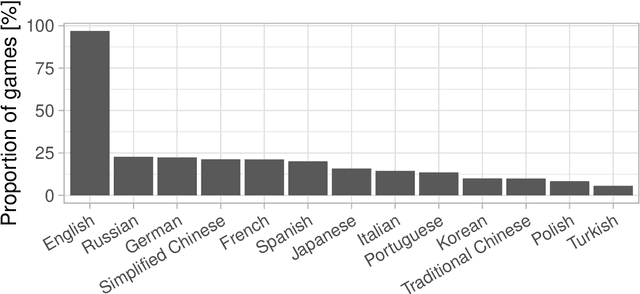

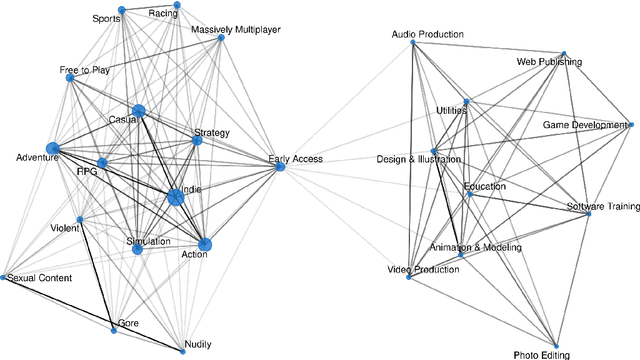

Abstract:The video game industry has seen rapid growth over the last decade. Thousands of video games are released and played by millions of people every year, creating a large community of players. Steam is a leading gaming platform and social networking site, which allows its users to purchase and store games. A by-product of Steam is a large database of information about games, players, and gaming behavior. In this paper, we take recent video games released on Steam and aim to discover the relation between game popularity and a game's features that can be acquired through Steam. We approach this task by predicting the popularity of Steam games in the early stages after their release and we use a Bayesian approach to understand the influence of a game's price, size, supported languages, release date, and genres on its player count. We implement several models and discover that a genre-based hierarchical approach achieves the best performance. We further analyze the model and interpret its coefficients, which indicate that games released at the beginning of the month and games of certain genres correlate with game popularity.
 Add to Chrome
Add to Chrome Add to Firefox
Add to Firefox Add to Edge
Add to Edge